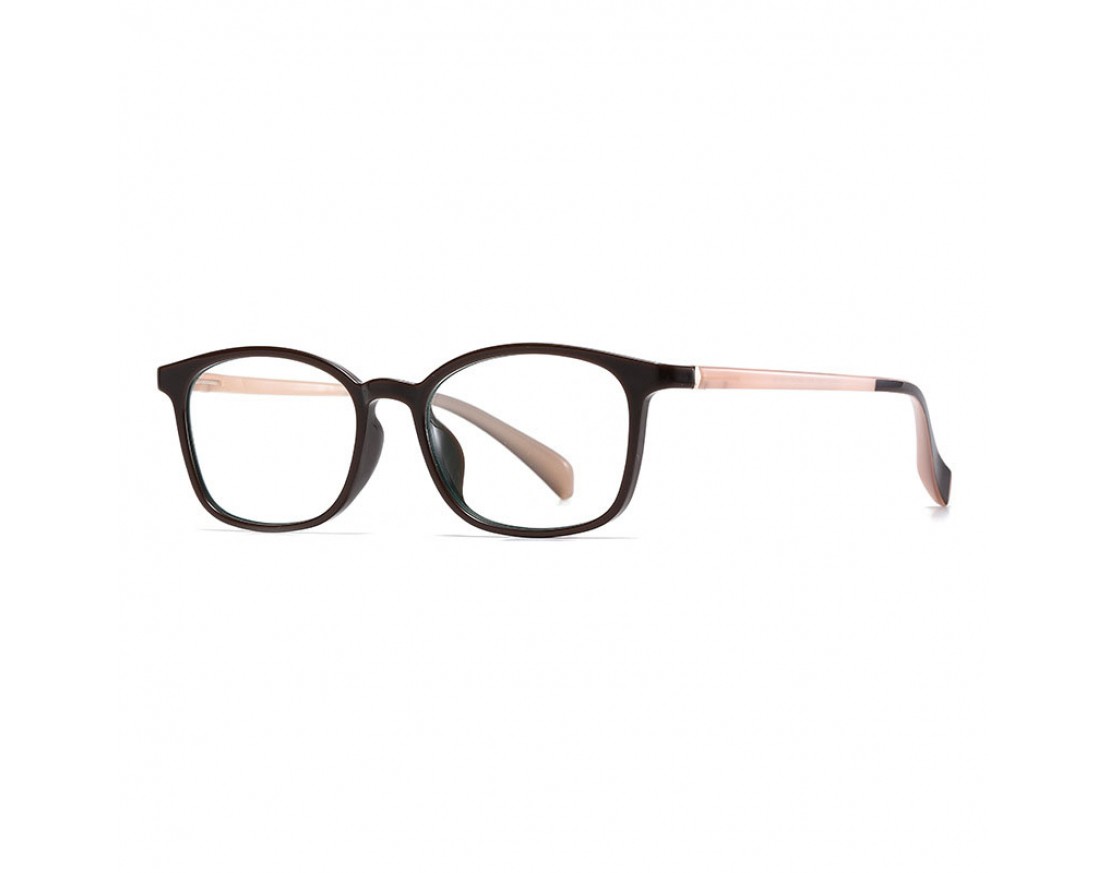Why Optical Glasses are a Must-Have Accessory

In today's digital age, people are spending more time in front of screens, leading to various eye problems. Optical glasses are an excellent solution to combat these issues and enhance visual experience. Apart from correcting vision problems, optical glasses also provide numerous benefits that make them a must-have accessory.
One of the primary benefits of optical glasses is reducing eye strain caused by prolonged screen time. The lenses in these glasses filter out harmful blue light emitted by electronic devices, protecting the eyes from damage and fatigue. This feature is especially beneficial for people who work in front of screens for extended periods.
Another benefit of optical glasses is their ability to correct vision problems. They can help people with nearsightedness, farsightedness, and astigmatism to see clearly. This means you no longer have to strain your eyes trying to read small texts or see distant objects.
Optical glasses are also fashionable accessories that can enhance your style. With the plethora of designs available, you can find a pair that suits your personality and preference. From classic to trendy styles, there is something for everyone.
In conclusion, optical glasses are not only practical but also stylish accessories that can enhance your visual experience and protect your eyes. With their ability to reduce eye strain, correct vision problems, and add a touch of style to your outfit, they are a must-have accessory in today's digital age.
Optical glasses have come a long way since their invention in the 13th century. Today, they are a common tool used to correct vision problems and enhance visual experience. But have you ever wondered about the science behind how optical glasses work?
Optical glasses use lenses made of different materials to bend light rays, focusing them onto the retina to create a clear image. The shape of the lens determines the amount of light bending, and this is what corrects vision problems. For example, a concave lens can correct nearsightedness by diverging light rays, while a convex lens can correct farsightedness by converging light rays.
Another scientific feature of optical glasses is their ability to filter out harmful blue light. Electronic devices emit blue light that can cause eye strain and damage over time. Optical glasses use special coatings to filter out blue light, protecting the eyes and reducing eye fatigue.
Optical glasses discount also have different prescriptions based on the wearer's needs. An eye doctor performs an eye exam to determine the prescription needed for each eye. The prescription includes details such as the power, axis, and cylinder needed for the lenses to correct vision problems.
In conclusion, optical glasses use science to bend light rays and correct vision problems. They also use special coatings to filter out harmful blue light and have different prescriptions based on the wearer's needs. Understanding the science behind optical glasses can help us appreciate the technology that improves our visual experience and protects our eyes.
